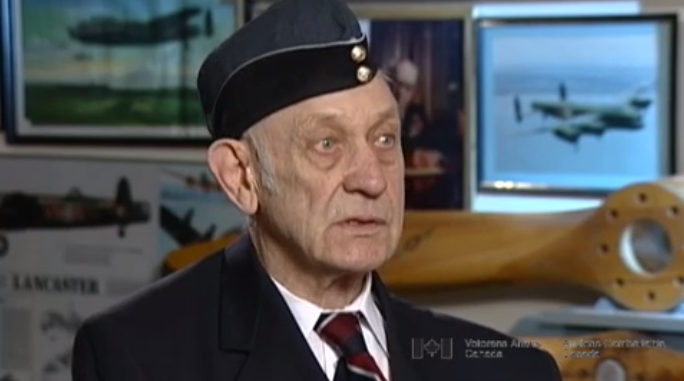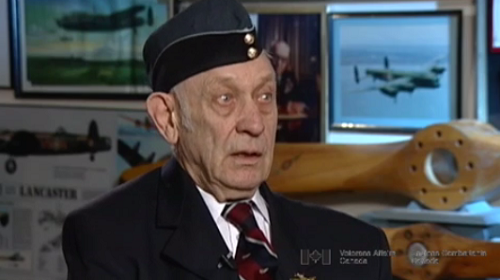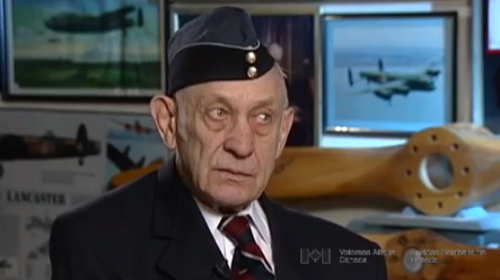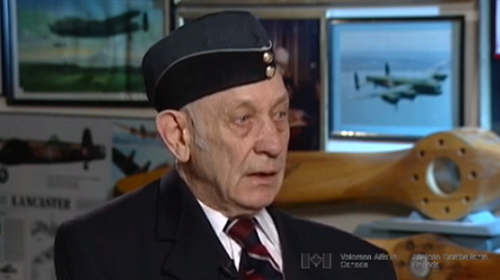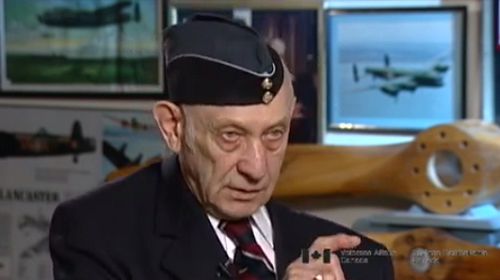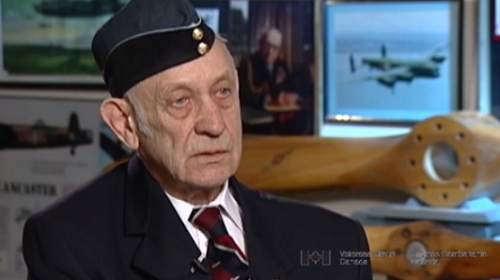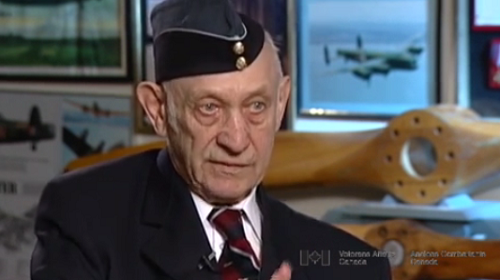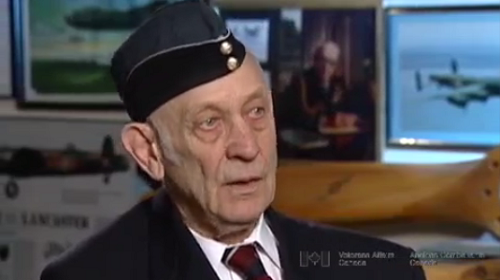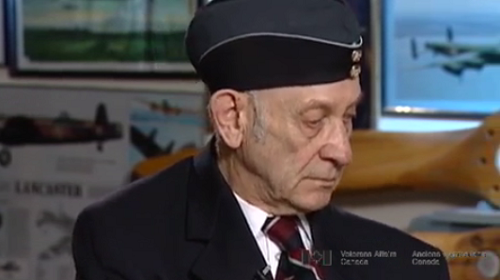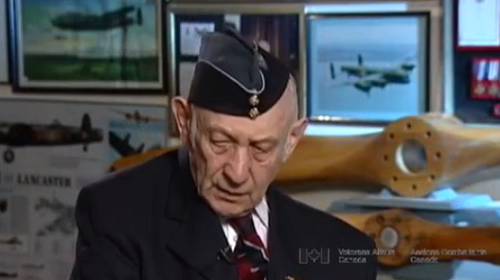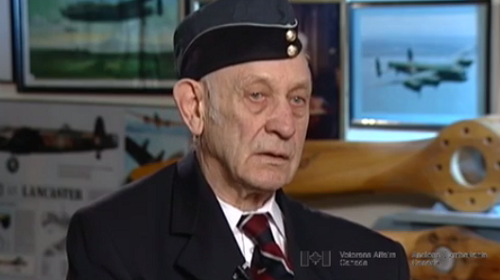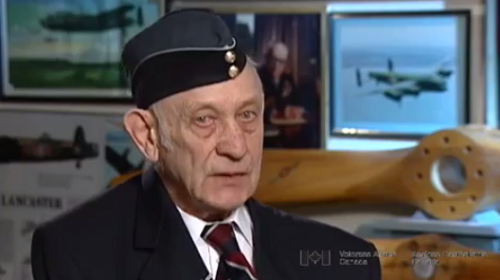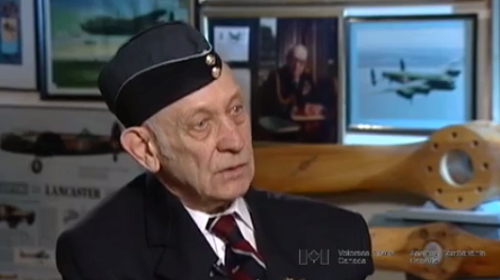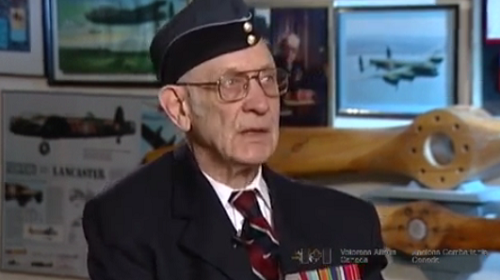German Defenses And Evasive Maneuvers
Heroes Remember
German Defenses And Evasive Maneuvers
Transcript
Description
Mr. Kondra describes the fact that bombers were anti-aircraft targets from the North Sea into Germany. He discusses the risk from night fighters, and from being coned, a German technique of isolating a bomber in beams of light.
William Kondra
On January 14, 1922, William Kondra was born in Prudhomme, Saskatchewan. He finished Grade 8 at his local school, and, with difficulty, finished high school through correspondence. He was working on local farms for a pittance, so he decided to enlist in the Air Force, where he trained as a bomb aimer/front gunner. Mr. Kondra's tour of duty was completed with his original crew members aboard a Lancaster Bomber, and primarily consisted of air strikes on industrial Germany. Mr. Kondra offers many insights into the technology, strategy and stresses of flying in a bomber.
Meta Data
- Medium:
- Video
- Owner:
- Veterans Affairs Canada
- Duration:
- 2:36
- Person Interviewed:
- William Kondra
- War, Conflict or Mission:
- Second World War
- Battle/Campaign:
- Northwest Europe
- Branch:
- Air Force
- Units/Ship:
- 101 Squadron
- Rank:
- Flying Officer
- Occupation:
- Bomb Aimer
Related Videos
- Date modified:



